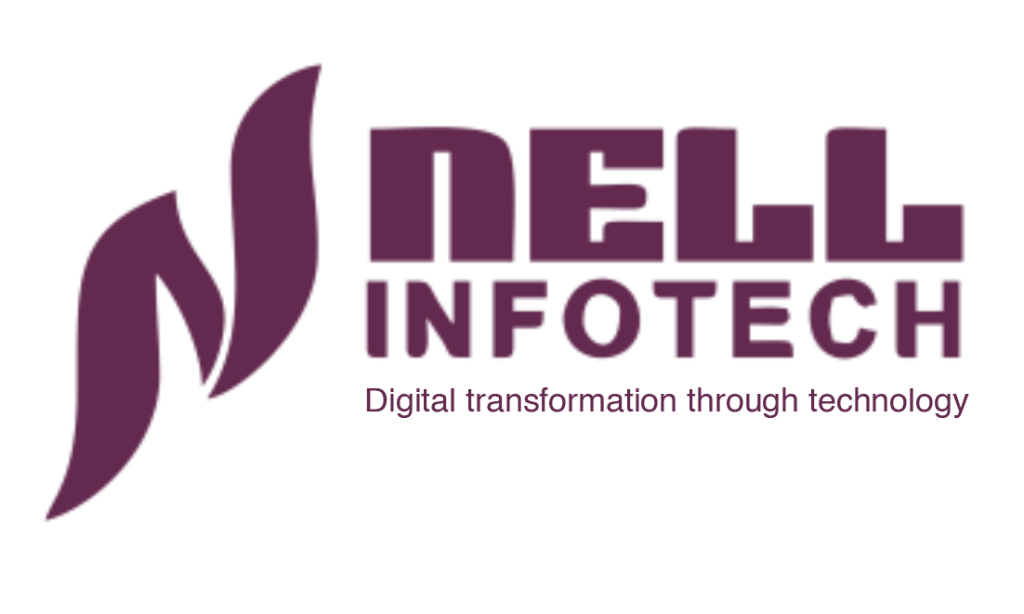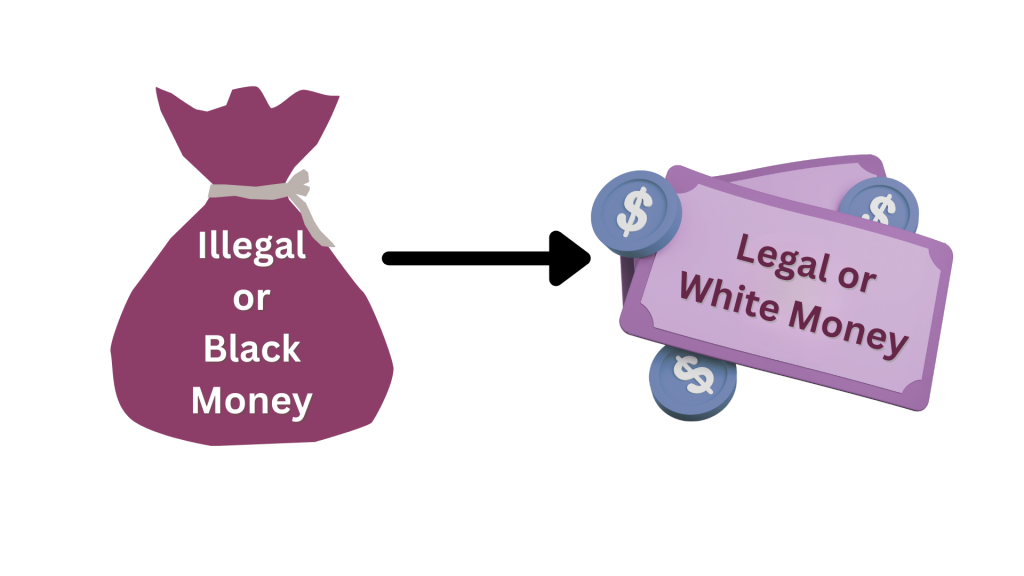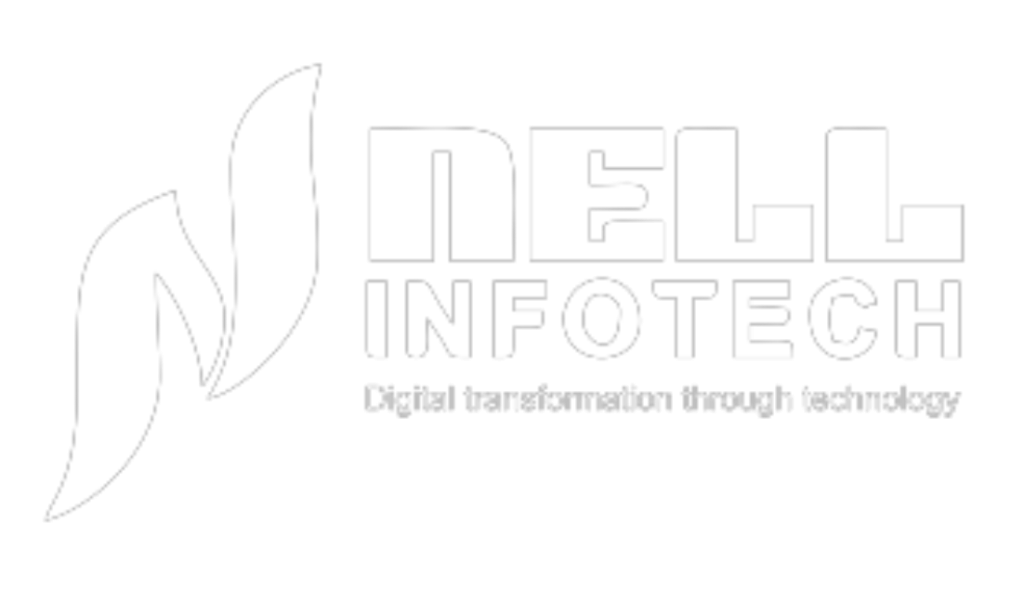

Our vision is to innovate elevate the user experience of IT products and solutions by providing reliable, cost- effective solutions and value-added services.
Our objective is to establish ourselves as a frontrunner in cloud transformation and workspace augmentation
Share our knowledge and experience with society, acquired over the years.

• Corruption & Bribery
• Fraud
• Organized Crime
• Drug, Human Trafficking
• Terrorism
• Environmental Crime
• Introduction of Criminal
Proceeds into stream of
commerce
• Most Vulnerable stage
of money laundering
process.
• Distancing of Money
from its Criminal source
– Movement of money
into different accounts
• Distancing of Money
from its Criminal source
– Movement of money
to different country
• Increasingly difficult to
detect
• Last Stage of Money
Laundering
• Laundered proceeds are
distributed back to the
criminal
• Creates appearance of
Legitimate wealth
• The potential that adverse publicity regarding a bank’s business practices, whether accurate or not, will cause a loss of confidence in the integrity of the institution.
• A major threat to banks as confidence of depositors, creditors and general market place to be maintained.
• Banks vulnerable to Reputational Risk as they can easily become a vehicle for or a victim of customers’ illegal activities.
• The risk of direct or indirect loss resulting from inadequate or failed internal processes, people and systems or from external events.
•Weaknesses in implementation of banks’ programs, ineffective control procedures and failure to practice due diligence.
• The possibility that lawsuits, adverse judgments or contracts that turn out to be unenforceable can disrupt or adversely affect the operations or condition of a bank.
• Banks may become subject to lawsuits resulting from the failure to observe mandatory KYC standards or from the failure to practice due diligence.
• Banks can suffer fines, criminal liabilities and special penalties imposed by supervisors.
• Mostly applies on the assets side of the balance sheet: Information systems to identify credit concentrations; setting prudential limits to restrict banks’ exposures to single borrowers or groups of related borrowers.
•On liabilities side: Risk of early and sudden withdrawal of funds by large depositors damages to liquidity.
• Identity Verification (internal as well as external) – Central repositories (PAN, Aadhaar)
• De-duplication (De-dup) with internal database – Online / Offline
• Due Diligence (weekly or monthly or periodic intervals) – with due-diligence report
• Watch List Screening (including internal) – during txn. monitoring, SWIFT
• PEP Screening
• Customer Risk Management (calculated and override option)
• Customer Media Reporting
• Standard Rules, as prescribed by Central Bank, incorporated
• Rules are Editable (Thresholds and Conditions) and can be Simulated by relevant authorities in the Bank
•New Rules can be incorporated by the Bank
• Every modification is Audited
• Performance of the Rules is monitored and reported regularly for increase in false positive or false negative
• Executed every day-end on the Transactions available on Staging server
• Alerts on Dashboard, for (non-compliant) Transactions, SWIFT messages, Watch Lists, Due Diligence
•Notifications on aged alerts (bucketed list count)
• Configurable workflow for Alerts false marking and authorizations
• Automated Alerts assignment to monitoring staff based on least load or can be assigned manually
• Automated Case assignment to investigation staff based on least load, or can be assigned manually
•Workflow for Case management with versioning, Timeline and history reports
• Case Search
• Support for popular watch lists / black-lists
• Support for internal black list
• Forward and Reverse scanning
• Search based on name match percentage using distance algorithm, phonetic search, fuzzy search
•Online SWIFT message scanning
• Search for Banned Materials
• Compromised Points Upload and Management
• Compromised Points Scanning
• STR
• CTR
• Alert Performance
• Scenario Violation Statistics
• Confirmed Fraud Report
• Travel Logs
• Alert Status Report
• False Positive Report
• Customer Risk Movement
• Active Alerts Listing

We work with a passion of taking challenges and creating new ones in advertising sector.
Office No.2, 2nd Floor Sahyadri House, Survey No 20/3/2, NDA Pashan Road, Bavdhan Khurd, Taluka Haveli, Pune 411031, India